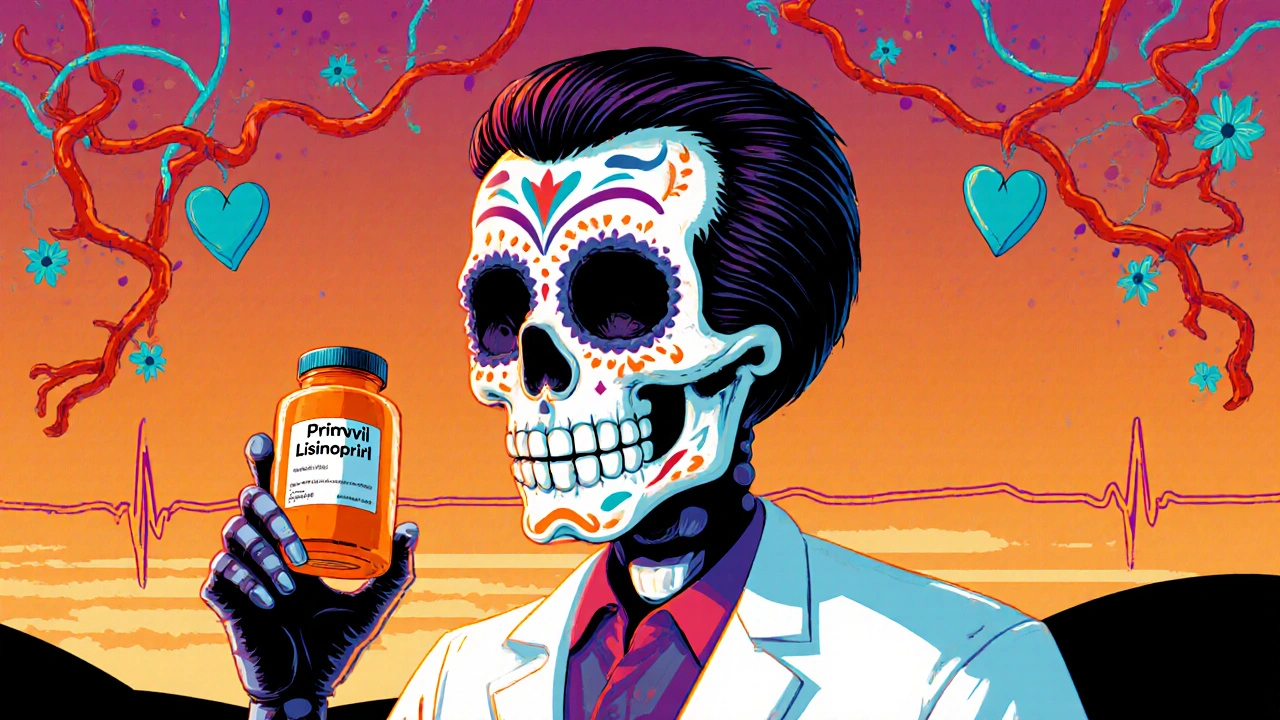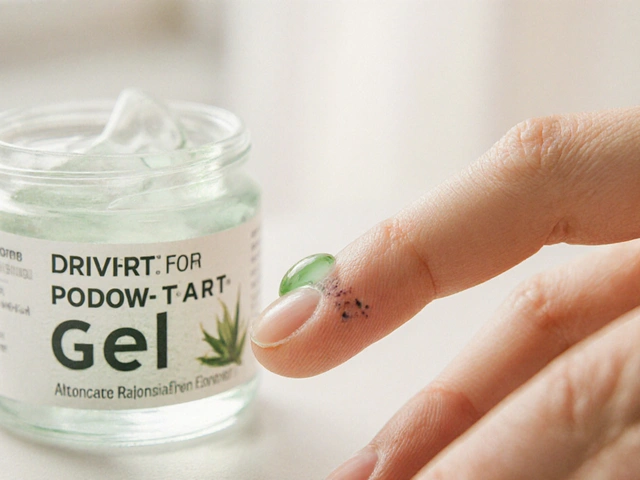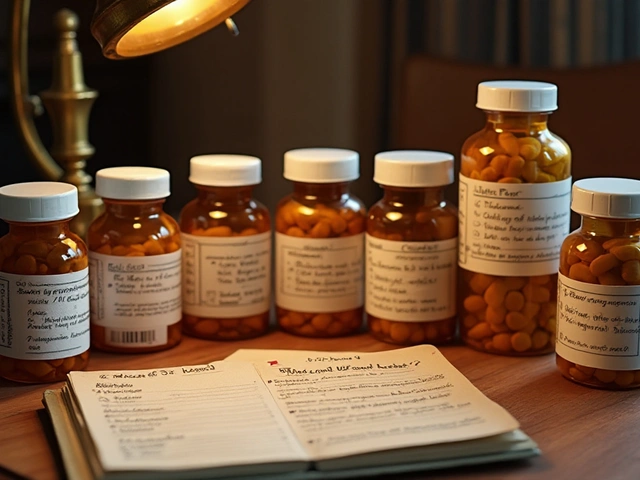Blood Pressure Medication: What You Need to Know
When dealing with blood pressure medication, drugs designed to lower high blood pressure and cut the risk of heart attacks, strokes, and kidney damage. Also known as antihypertensive therapy, it plays a central role in managing hypertension and supporting overall cardiovascular health.
ACE inhibitors are one of the most common drug families. They work by blocking an enzyme that tightens blood vessels, letting the vessels relax and blood flow more easily. ARBs (Angiotensin II Receptor Blockers) do a similar job but target a different step in the same pathway, which can be gentler on the cough‑prone. Both classes lower the heart’s workload and help prevent long‑term damage. Choosing between them often depends on side‑effect tolerance and other health issues.
How These Meds Fit Into a Whole‑Body Plan
Effective blood pressure monitoring is the backbone of any medication plan. Without regular checks, you won’t know if a dose is working or if adjustments are needed. Most doctors recommend checking at home with a reliable cuff at least once a day, especially after starting a new drug. The data you gather guides tweaks—higher doses, combination therapy, or a switch to a different class.
Blood pressure medication isn’t a magic bullet; lifestyle still matters. Reducing sodium, staying active, and keeping a healthy weight amplify drug effects. For example, a patient on an ACE inhibitor who adds a 30‑minute walk five times a week often sees a bigger drop than medication alone. This synergy is why doctors view meds as part of a broader hypertension management strategy.
Side effects differ by class. ACE inhibitors may cause a dry cough; ARBs usually don’t. Some people experience dizziness when standing up quickly—known as orthostatic hypotension. If you notice swelling in the ankles, it could be a sign of fluid retention, and you should alert your pharmacist. Understanding these signals helps you stay safe while the medication does its job.
Combination therapy is common when a single drug can’t reach the target pressure. A typical mix pairs a low‑dose ACE inhibitor with a thiazide diuretic, which helps the body get rid of excess salt and water. This duo attacks high pressure from two angles, often achieving better control with fewer side effects than high doses of one drug.
Pregnancy adds another layer of complexity. Some blood pressure medications, like certain ACE inhibitors, are unsafe for a developing baby. In those cases, doctors switch to alternatives such as labetalol or methyldopa, which have a longer safety record in pregnancy. Always discuss any plan to become pregnant with your prescriber before adjusting meds.
Lastly, remember that the choice of medication can be influenced by other health conditions. If you have diabetes, a drug that protects the kidneys—like an ACE inhibitor—might be preferred. For chronic kidney disease, ARBs are often the go‑to because they also reduce protein loss in urine. Tailoring treatment to your whole health picture maximizes benefit and minimizes risk.
All of these points—drug classes, monitoring, lifestyle, side effects, combos, and special situations—form the foundation of what you’ll see in the articles below. Keep reading to dive deeper into specific meds, real‑world tips, and patient stories that bring these concepts to life.

A clear, side‑by‑side comparison of Prinivil (lisinopril) with other blood‑pressure drugs, covering how they work, costs, side‑effects, and when to switch.
Chris Gore Oct 23, 2025




